Table of Contents
What is Piparra Pepper?
Piparra pepper (also known as aji amarillo) is a vibrant yellow-orange chili pepper native to Peru, prized for its distinctive tangy-citrus flavor and moderate heat (30,000-50,000 Scoville units). This versatile ingredient is a staple in Peruvian cuisine, used in everything from traditional sauces to modern fusion dishes. Unlike hotter chilies, piparra delivers balanced heat with bright, fruity notes that enhance rather than overpower dishes.
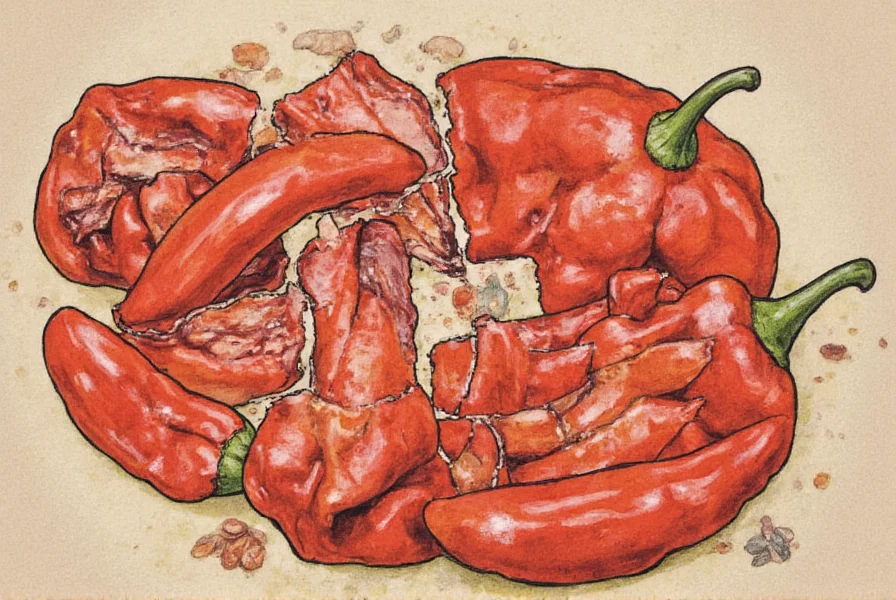
5 Easy Piparra Pepper Recipes
1. Authentic Peruvian Aji de Gallina
Ingredients: 2 cups shredded chicken, 1 cup cooked rice, 3 piparra peppers (de-seeded), 1/2 cup walnuts, 1/2 cup evaporated milk, 1 garlic clove, 1 tsp cumin, salt to taste
Instructions: Blend peppers, walnuts, garlic, and milk until smooth. Sauté chicken in oil, add sauce, and simmer for 10 minutes. Serve over rice with hard-boiled eggs and olives.
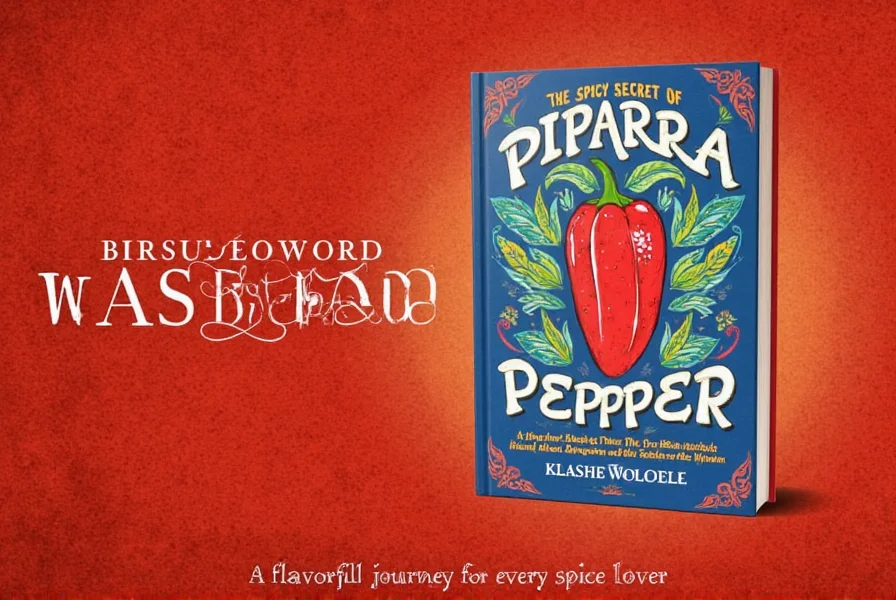
2. Piparra Pepper Salsa Fresca
Ingredients: 2 piparra peppers (diced), 1 cup cherry tomatoes (halved), 1/4 red onion (finely chopped), 1/4 cup cilantro, 2 tbsp lime juice, salt to taste
Instructions: Combine all ingredients in a bowl. Let sit for 15 minutes to allow flavors to meld. Perfect with tortilla chips or grilled fish.
3. Piparra Lime Chicken Marinade
Ingredients: 4 chicken breasts, 3 piparra peppers (pureed), 1/4 cup olive oil, 3 tbsp lime juice, 2 garlic cloves (minced), 1 tsp oregano
Instructions: Marinate chicken for 2 hours. Grill or bake at 375°F for 25 minutes. Serve with cilantro rice.
4. Piparra Pepper Aioli
Ingredients: 1 cup mayonnaise, 2 piparra peppers (roasted and pureed), 1 tbsp lemon juice, 1 garlic clove (minced), pinch of salt
Instructions: Mix all ingredients until smooth. Use as a dip for fries or sandwich spread.
5. Piparra Cream Pasta
Ingredients: 8 oz pasta, 1/2 cup heavy cream, 2 piparra peppers (sliced), 1/4 cup parmesan, 2 tbsp butter, black pepper to taste
Instructions: Cook pasta al dente. Sauté peppers in butter, add cream and parmesan. Toss with pasta and season.
Flavor Profile and Heat Level
| Flavor Notes | Heat Level (Scoville) |
|---|---|
| Tangy, Sweet, Citrusy, Fruity | 30,000–50,000 |
Essential Cooking Techniques
Master these techniques to maximize piparra pepper's potential:
- Roasting: Char peppers over open flame until skin blisters. Place in a bowl covered with plastic wrap for 10 minutes, then peel for smoky depth.
- Infusing oils: Simmer whole piparra peppers in olive oil for 15 minutes. Strain and use for dressings or drizzling.
- Freezing: Freeze whole peppers in airtight bags for up to 6 months. Thaw before use for sauces or salsas.
- Seed removal: For milder heat, remove seeds and membranes before use. Keep seeds for authentic Peruvian dishes like aji de gallina.
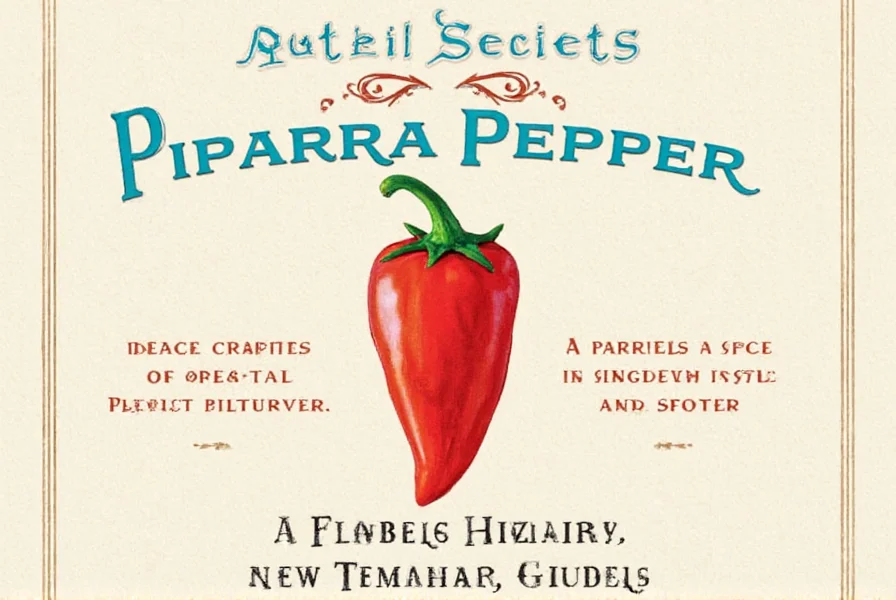
Where to Buy Authentic Piparra Pepper
| Form | Where to Buy | Storage Tips |
|---|---|---|
| Fresh | Latin American markets, specialty grocery stores | Refrigerate in paper bag for up to 2 weeks |
| Dried | Online retailers like Amazon or Peruvian food specialists | Store in airtight container away from light |
| Powdered | Spice shops or ethnic food sections | Keep in cool, dry place for up to 1 year |
Piparra vs Other Peppers: Quick Comparison
| Pepper | Flavor Profile | Heat Level | Best Uses |
|---|---|---|---|
| Piparra | Tangy, citrusy, fruity | 30,000–50,000 | Sauces, stews, marinades |
| Jalapeño | Grassy, mild | 2,500–8,000 | Salsas, stuffed peppers |
| Habanero | Smoky, tropical | 100,000–350,000 | Hot sauces, spicy dishes |
| Cayenne | Sharp, earthy | 30,000–50,000 | Seasoning blends, rubs |
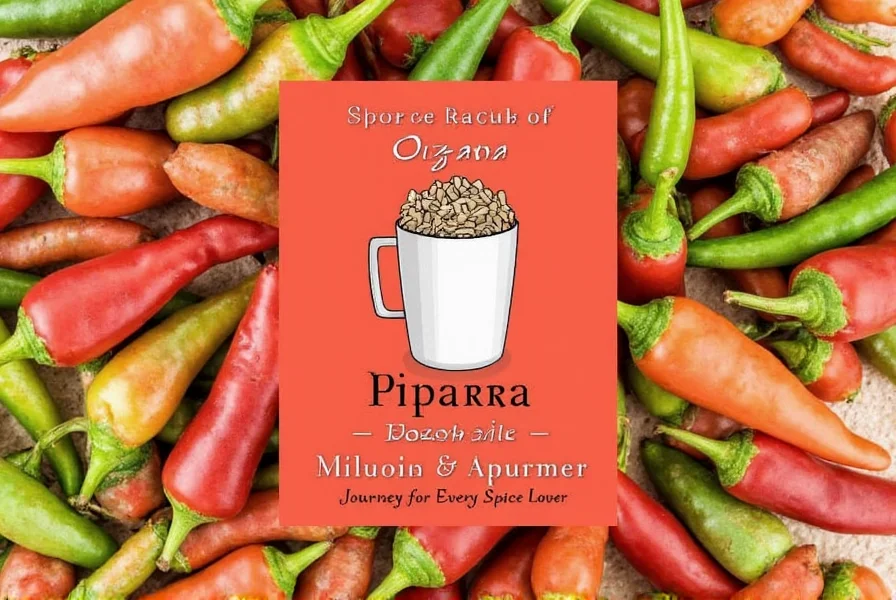
Frequently Asked Questions
Is piparra pepper the same as aji amarillo?
Yes, piparra pepper is the common name for aji amarillo in Peru. Both refer to the same yellow-orange chili with distinctive citrus notes and moderate heat.
What's the best way to reduce piparra pepper's heat?
Remove seeds and membranes before use. Pair with dairy (yogurt, cheese) or citrus to balance heat without losing flavor.
Can I substitute piparra pepper in recipes?
For fresh applications, use 1 part habanero + 3 parts bell pepper. For dried versions, mix ancho and guajillo peppers with a pinch of cayenne.
How do I store piparra pepper long-term?
Freeze whole peppers in airtight bags for up to 6 months. Dried peppers keep for 1 year in cool, dark places. Powdered form lasts 12-18 months.
Why is piparra pepper used in Peruvian cuisine?
Its balanced heat and citrusy flavor complement traditional ingredients like potatoes, corn, and quinoa without overwhelming them. It's a foundational flavor in Peruvian cooking.

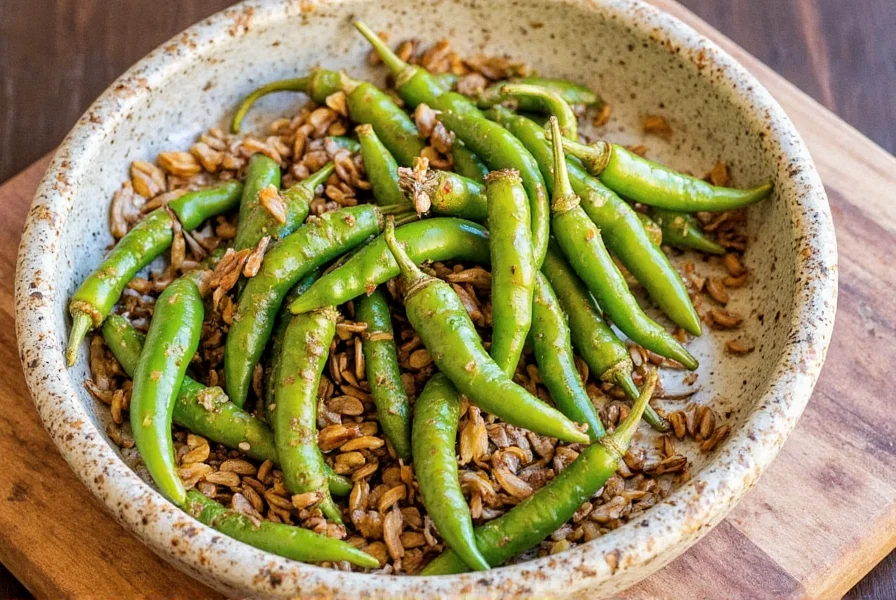









 浙公网安备
33010002000092号
浙公网安备
33010002000092号 浙B2-20120091-4
浙B2-20120091-4